
COVID-19 Financial Scams to be reported to the IRS
COVID-19 Financial Scams to be reported to the IRS
In March the US Government had declared a $2 trillion economic relief package under the CARES Act for providing relief and support to the Americans who have been facing economic challenges due to the outbreak of the pandemic COVID-19. According to the provisions of the CARES Act, economic impact payments would be sent to the eligible Americans. Furthermore, there are propositions for passing another act i.e. the HEROES Act which would also be providing further another round of economic impact payments to the Americans.
However, with these provisions for Economic Impact Payment to the distressed Americans, many criminal frauds related to these payments have also started blooming. These frauds can include using various lures related to the pandemic and stealing of personal/financial information of common people. The IRS has been continuously reminding the people to safeguard themselves against tax frauds and any other financial scams that are related to the COVID-19 pandemic.
Scams and threats related to COVID-19
The CI (IRS Criminal Investigation Division) has seen a significant rise in the number of scams and frauds related to the Economic Impact Payments and other financial schemes. The CI has encountered several instances of criminals using emails and text messages which are stimulus-themed to find out personally identifiable information and details related to bank accounts. Many telephone calls or emails have been received by the common people that suggest that they can get more Stimulus money or even obtain the Stimulus money faster by sharing personal information and paying certain processing fees. The phishing schemes send emails or text message which contain terms like “COVID-19”, “Coronavirus”, “Stimulus”, etc. to grab the attention of the common people.
Moreover, the IRS CI has also encountered scams which are related to the selling of fake COVID-19 at-home test kits, vaccines, pills, and other treatment methodologies for COVID-19. Many other scams claim to be selling huge quantities of medical supplies by the creation of fake websites/shops, fake social media accounts, fake emails, etc. These fraud suppliers then fail to deliver the supplies to the customers once the fund has been received by them.
Numerous other COVID-19 related scams involve the creation of fake charities that solicit donations for individuals, groups, and areas which are affected by the pandemic. Many such criminals are also offering opportunities to make investments into those companies which are working on vaccine development for COVID-19. They portray that the company would increase in value as a result and the promotions are put in the form of research reports which make predictions about target price and relate to microcap stocks or the low-cost stocks issued by those companies which are small and have limited public information.
What to do when you encounter COVID-19 scams?
The IRS has been constantly reminding the common people to report any phishing or fraudulent scam encountered by them during the COVID-19.
a. Scams related to COVID-19 must be reported to the National Center for Disaster Fraud (NCDF) Hotline at the number 866-720-5721. The scam can also be reported through the NCDF Web Complaint Form. The NCDF can investigate and prosecute the criminals involved in any scams which are related to natural or any man-made disasters. The Hotline Staff would obtain necessary information related to your complaint which would be further reviewed by the enforcement officials.
b.The taxpayers can also inform any such scams encountered during the COVID-19 to the IRS. Taxpayers receiving unsolicited emails or social media attempts for providing personal information from an organization that appears to be the IRS or closely connected to the IRS must forward those emails to phishing@irs.gov.
c.The Treasury Inspector General for Tax Administration (TIGTA) can help in investigating those external attempts that are being made to interfere with the Federal Tax Administration. Taxpayers can report about COVID-19 scams online by using the link TIPS.TIGTA.gov
d. Taxpayers are suggested to avoid the scammers and not to engage with them even if they think they are in the upper hand.
e.Common people can enhance their knowledge about phishing and fraud related to COVID-19 by visiting the official webpage of IRS i.e. IRS.gov.
Hence, criminals always keep looking for an opportunity by which they would be able to exploit the bad situations and attain some benefits from it. This pandemic COVID-19 is one such opportunity which is being utilized by the scammers. Taxpayers must be aware and should immediately report anything suspicious to the IRS.

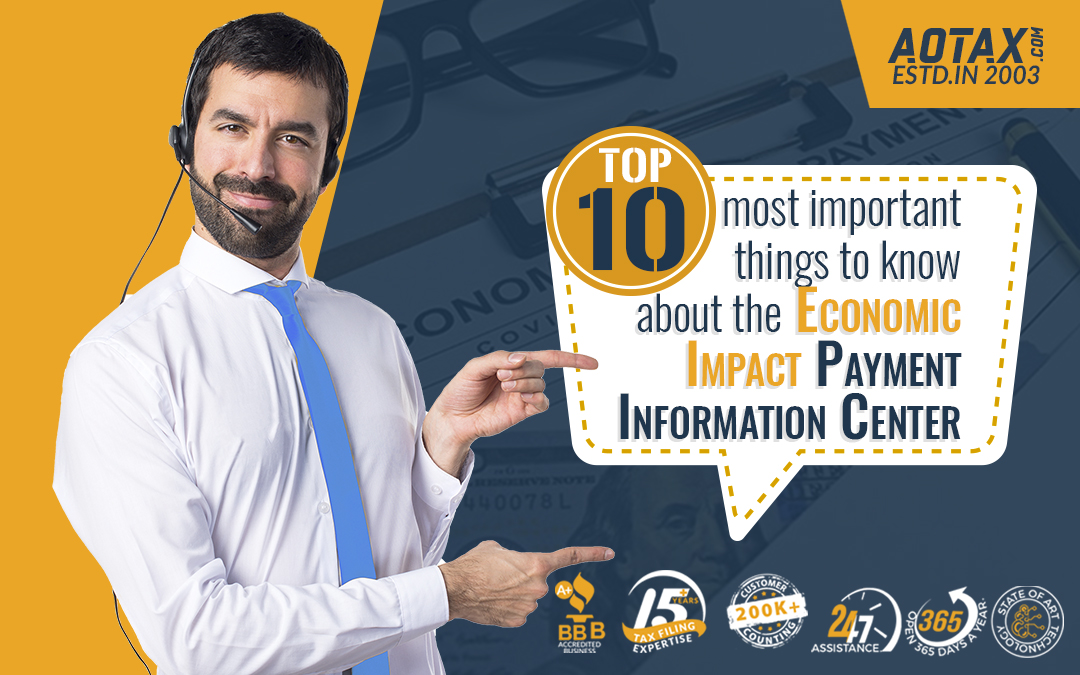
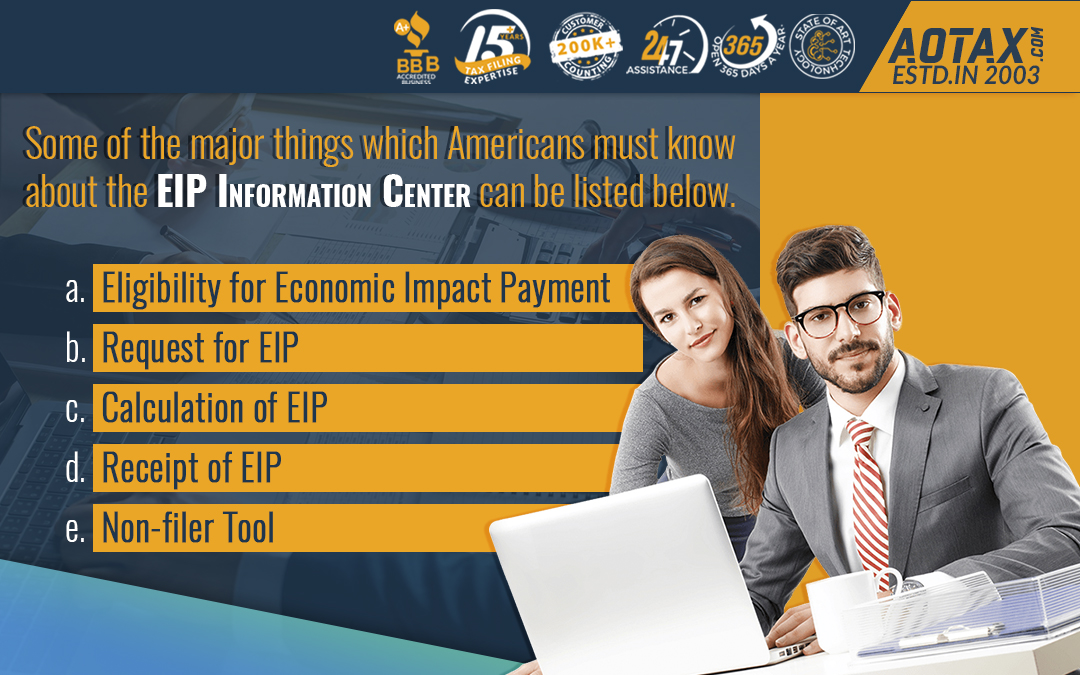
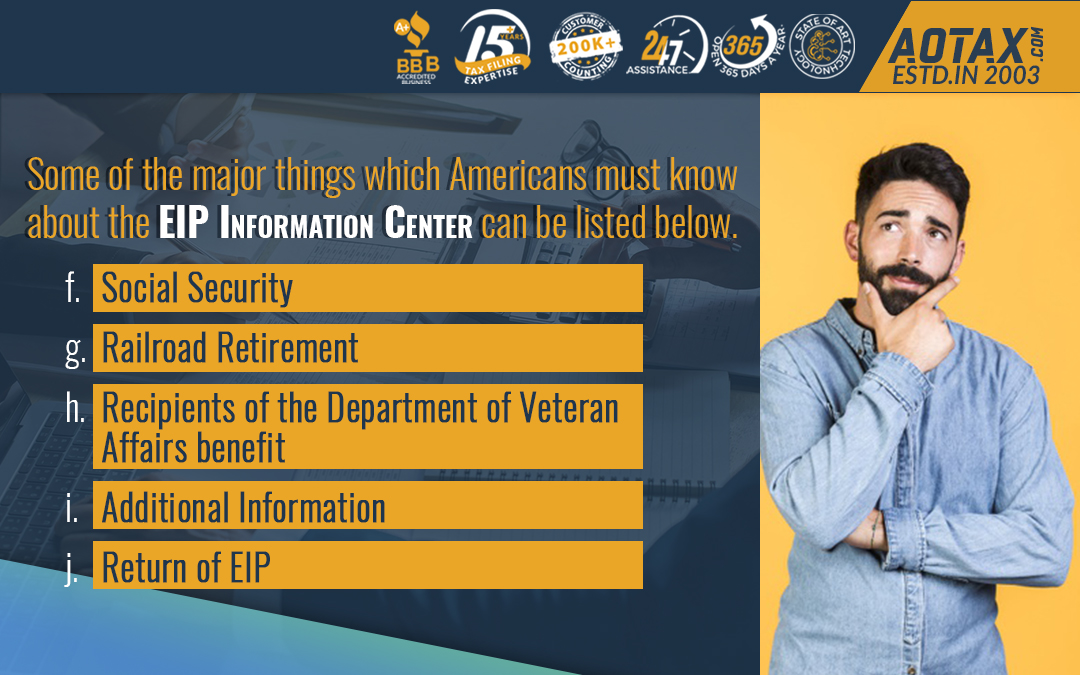
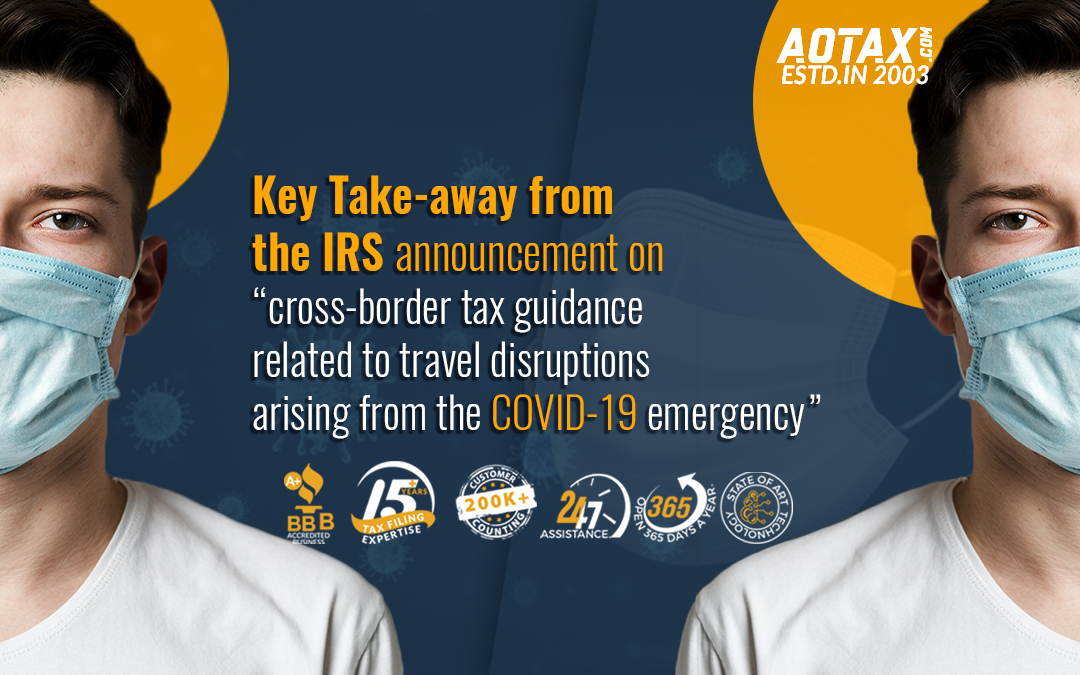
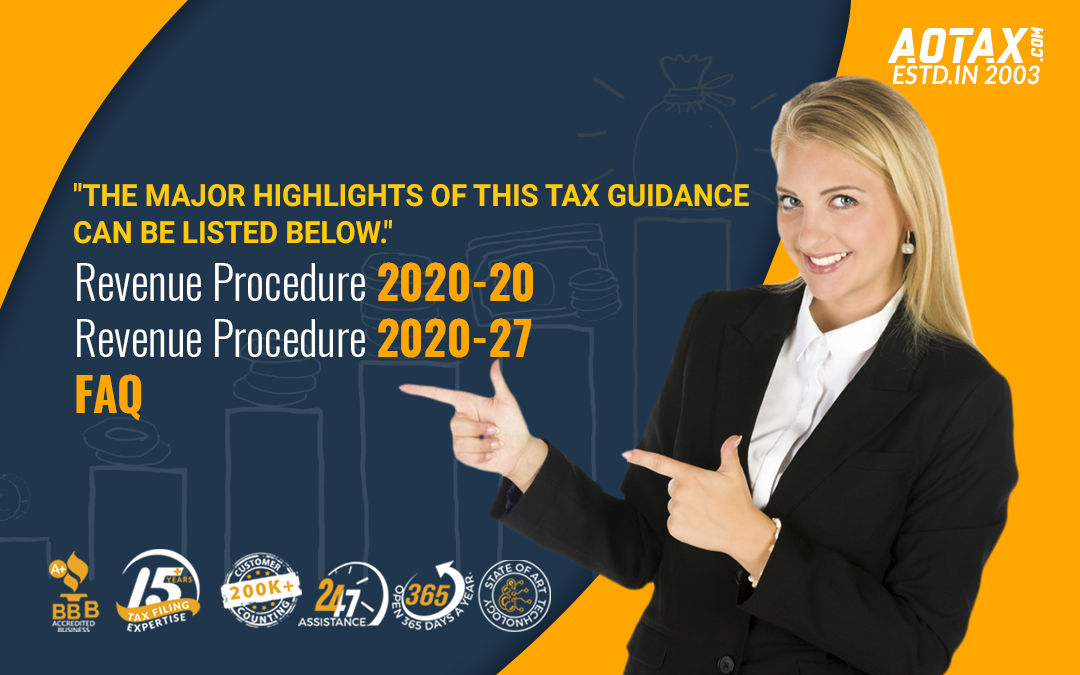

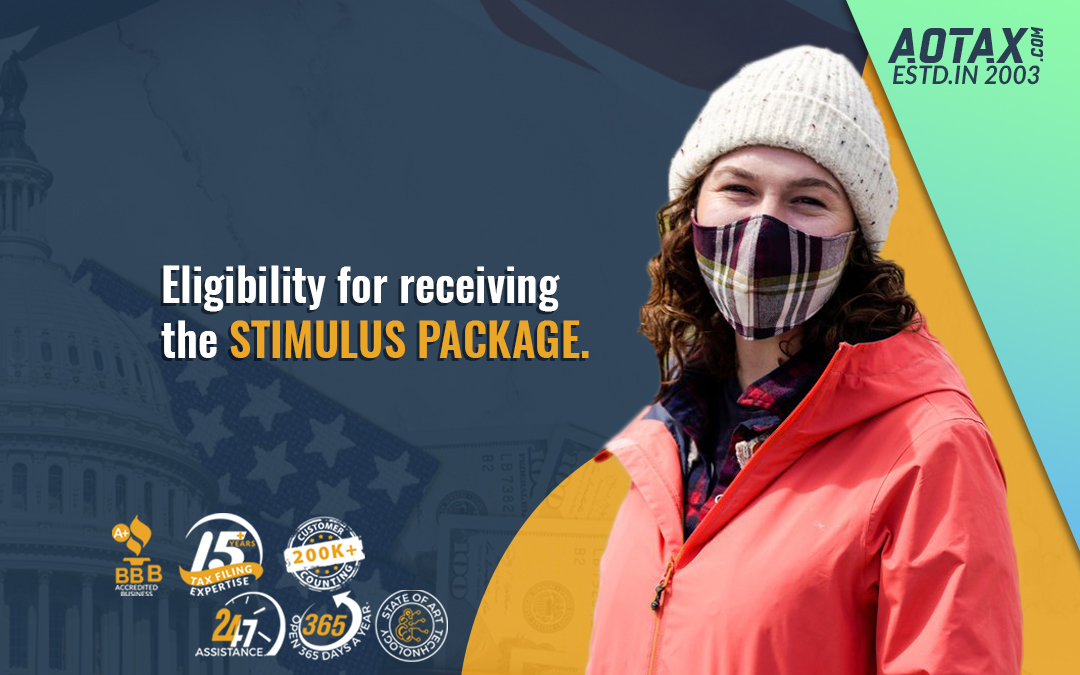
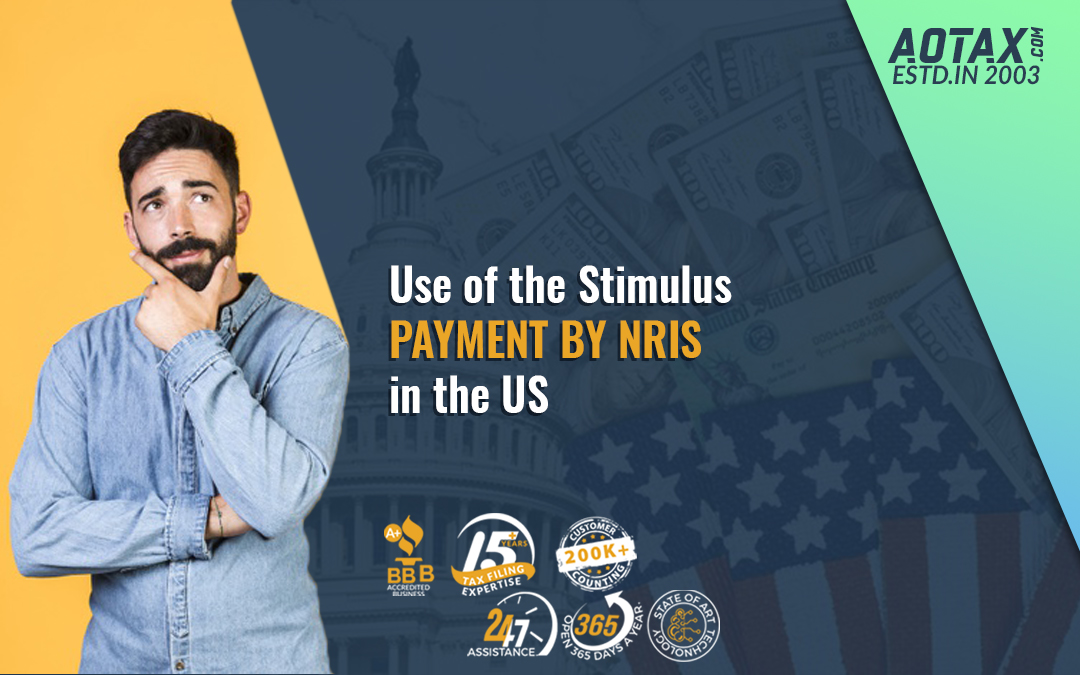
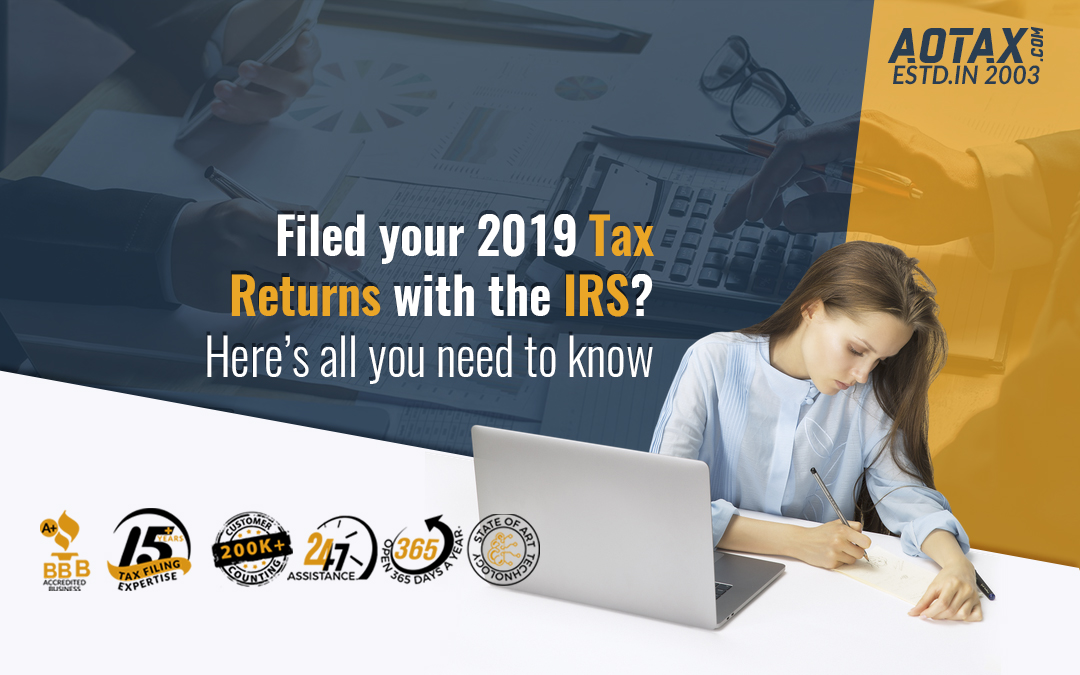
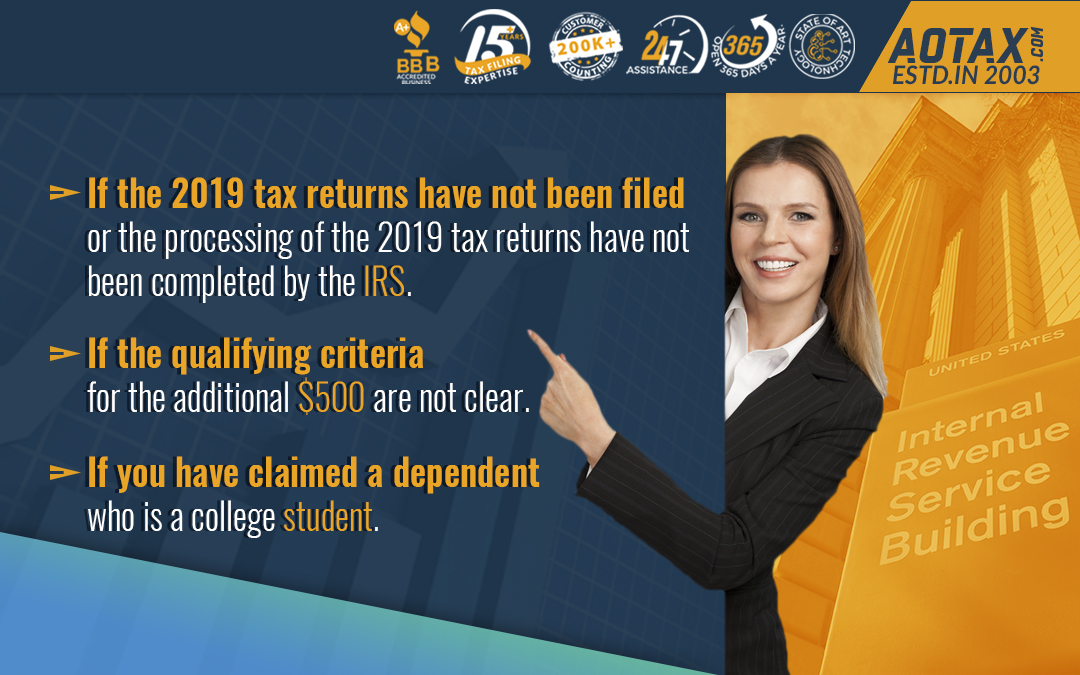


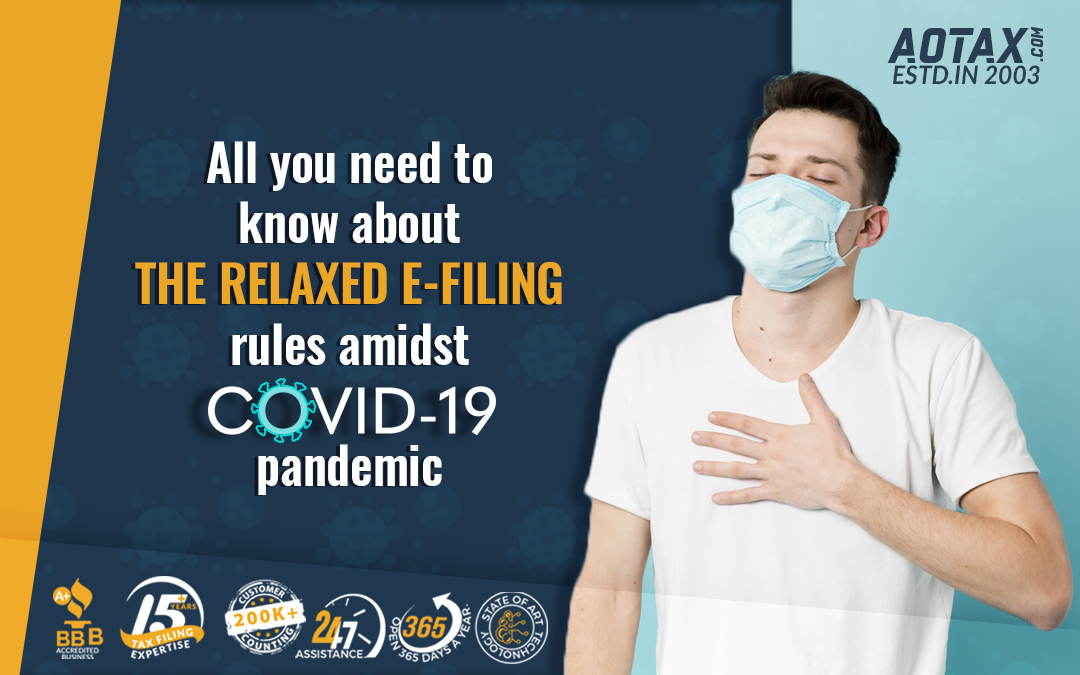

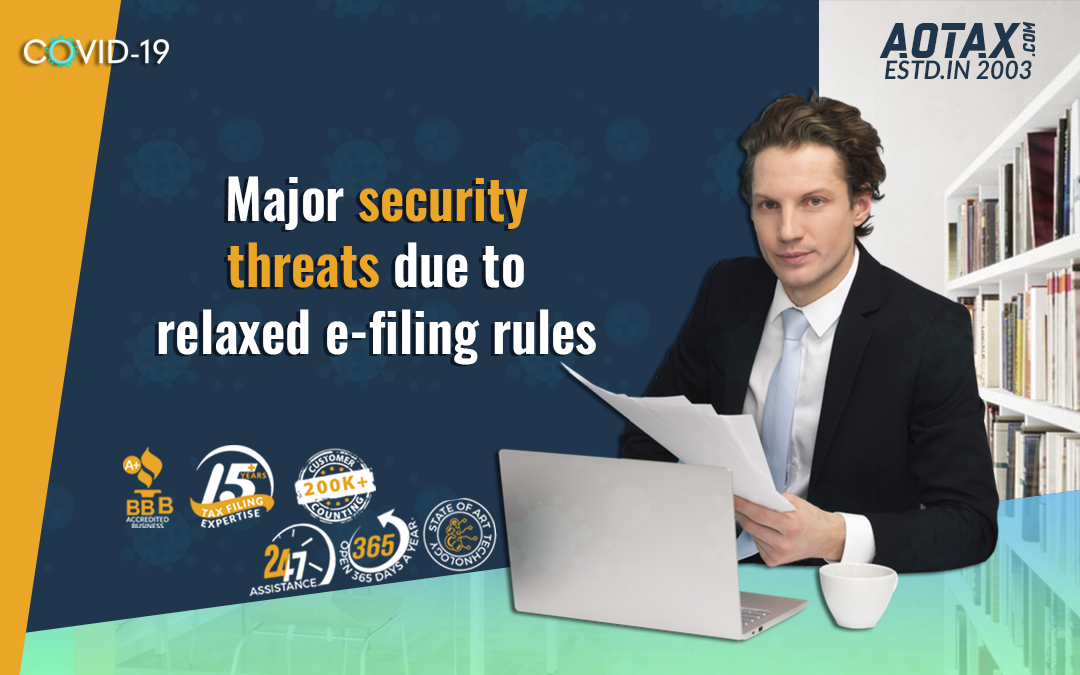
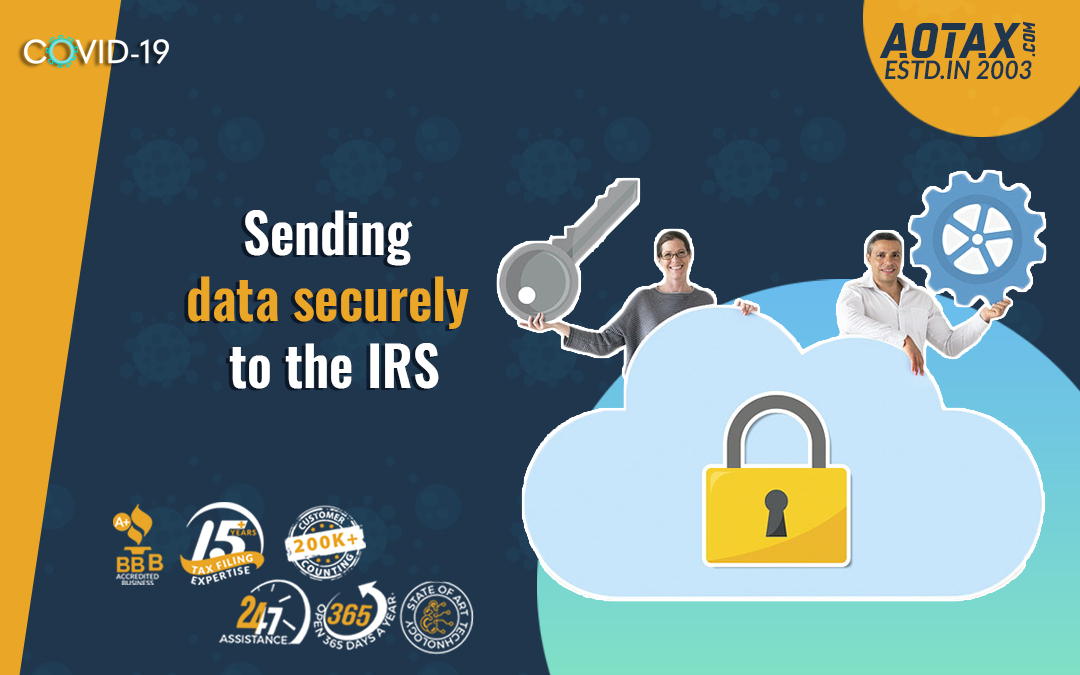
Recent Comments